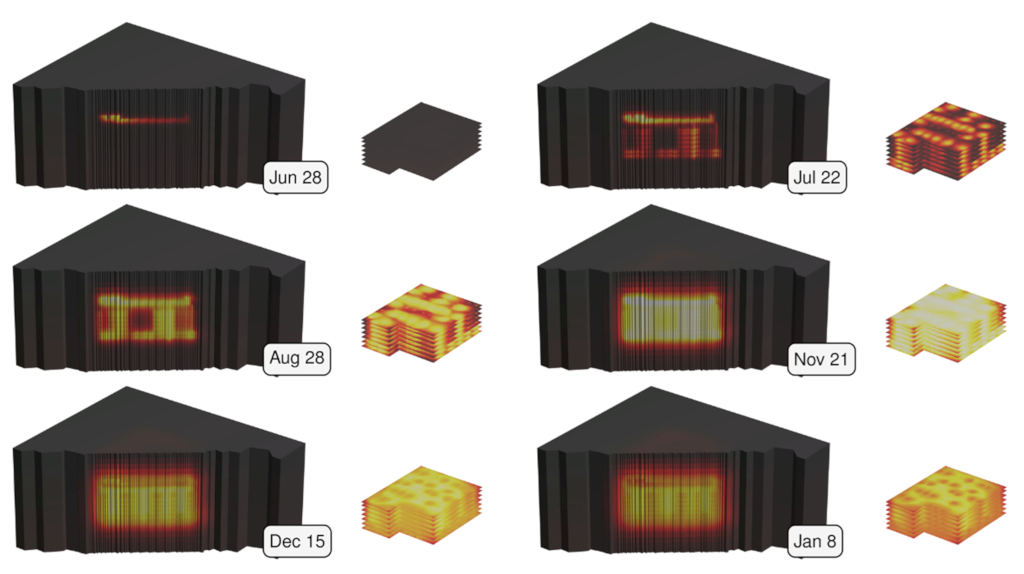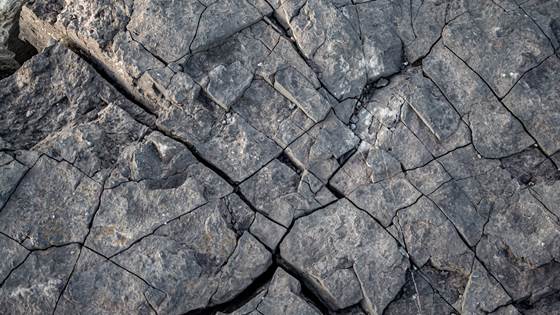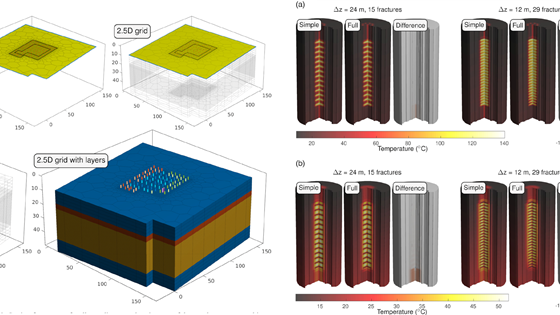
MRST - MATLAB Reservoir Simulation Toolbox
A free open-source community code for rapid prototyping of new methods for modelling and simulation of flow in porous media. Has a large user community from all over the world.

In line with the green shift, we are transferring the expertise developed and cultivated for the oil and gas industry into other geoscience and geoenergy applications like geothermal energy and gas and energy storage
Through established partnerships with industry and researchers from the University of Geneva, we have dedicated several years to developing fit-for-purpose, open-source geothermal simulation technology, drawing from methods used in oil and gas reservoir simulation. Our research encompasses diverse systems, such as aquifer thermal energy storage (ATES), high-temperature ATES (HT-ATES), and borehole thermal energy storage (BTES). Specifically, our focus has been on optimizing the design and management of intricate geothermal systems for both heat production and seasonal storage.

Moving forward, we will focus on developing digital twin technology that will benefit operators in three different ways

A free open-source community code for rapid prototyping of new methods for modelling and simulation of flow in porous media. Has a large user community from all over the world.

Experimental Julia framework for fully differentiable multiphysics simulators based on implicit finite-volume methods with automatic differentiation.

This project aims to develop digital solutions that advance geological heat storage as an eco-friendly, scalable energy storage method, reducing energy demand and supporting the green energy transition.

In this industrial innovation project, we combine numerical simulation and optimization to develop a digital platform for optimizing design and long term management of open, complex geothermal storage systems.